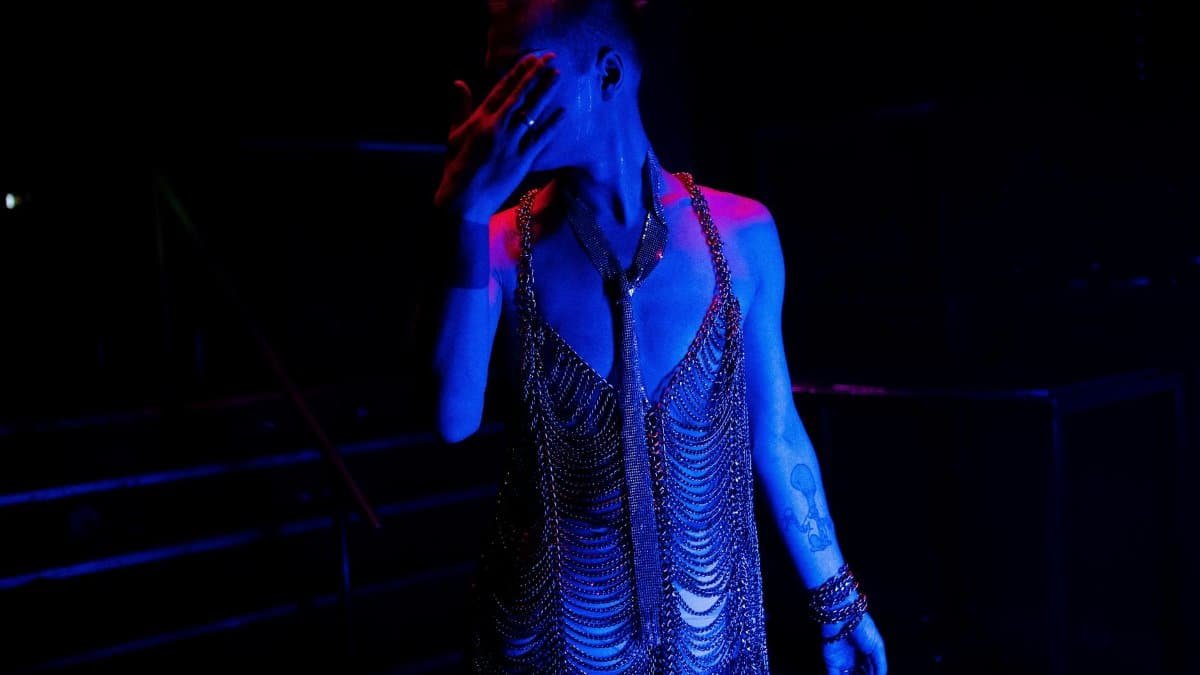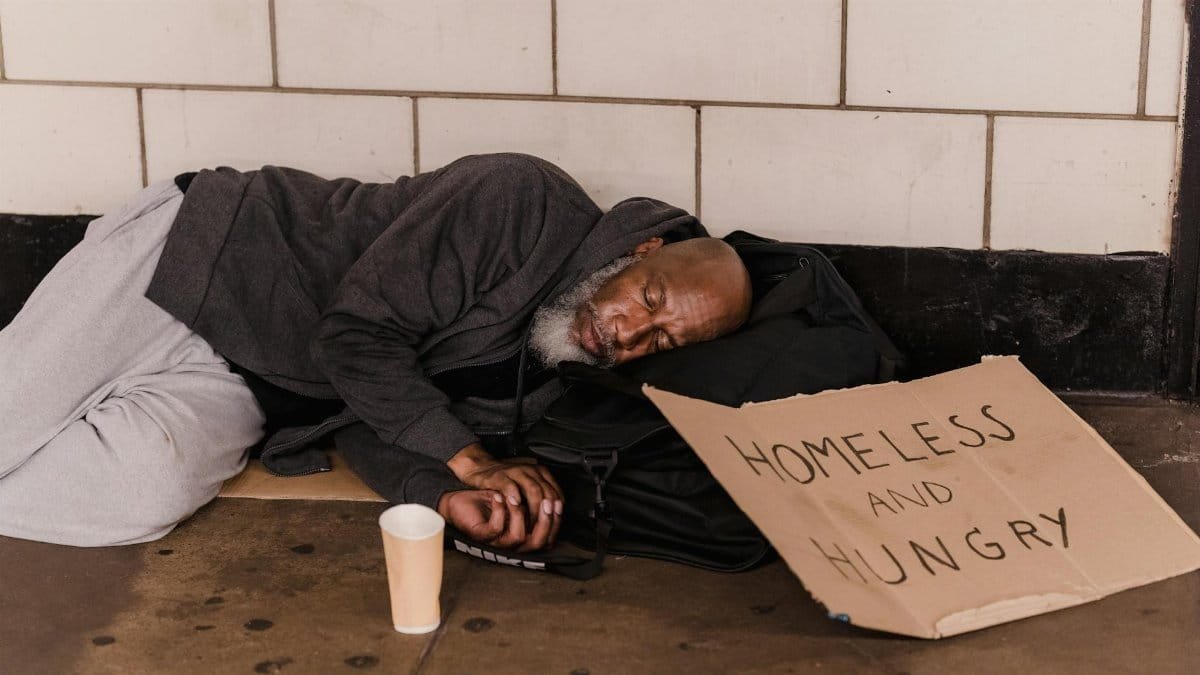In a world obsessed with control, letting go often masquerades as defeat. But what if it’s the ultimate liberation? New data from a 2024 survey by the American Psychological Association reveals that 62% of Americans struggle with releasing past traumas, equating it to vulnerability. Enter healing presence—a therapeutic approach emphasizing mindful, empathetic companionship that fosters emotional release. As U.S. trends shift toward holistic wellness in 2025, this practice is gaining traction, helping individuals reframe surrender as strength. Experts say it’s not about losing grip, but gaining freedom through presence.
The Paradox of Control in Modern Life

Americans are wired for control. From career ladders to social media feeds, the illusion of mastery dominates daily existence. Yet, psychologists argue this grip stifles growth. A study from Harvard Medical School highlights how clinging to outcomes spikes anxiety levels by 40%. Letting go, conversely, invites unpredictability that feels chaotic but often leads to breakthroughs. In 2025, with rising burnout rates, embracing this paradox could redefine personal success. It’s not weakness; it’s strategic release, allowing life’s flow to reveal hidden paths.
Healing Presence Defined: More Than Just Being There

Healing presence isn’t passive observation—it’s an active, intentional state where one’s undivided attention creates a safe space for emotional unfolding. Rooted in nursing and psychotherapy, it draws from Carl Rogers’ humanistic principles. A report from the American Psychological Association’s mindfulness resources explains how this presence reduces stress hormones like cortisol. For those fearing loss of control, it acts as a bridge, transforming surrender into a supported journey toward inner peace.
Why Surrender Feels Like Defeat

The brain hates uncertainty. Neuroscientists at Stanford University found that the amygdala lights up during perceived threats, making letting go feel like imminent danger. This evolutionary holdover explains why releasing grudges or habits mimics losing battles. Yet, in therapeutic settings, healing presence counters this by mirroring calm, gradually rewiring responses. As more U.S. clinics adopt these methods in 2025, patients report a 30% drop in control-related anxieties, proving freedom lurks beyond the fear.
Real Stories of Transformation Through Presence

Take Mark Thompson, a New York executive who hit rock bottom after a divorce. “I thought holding on was power,” he shared in a recent interview. Through sessions focused on healing presence, he learned to release resentment. Similar accounts flood wellness forums, with participants describing a shift from chaos to clarity. Data from the National Center for Biotechnology Information on therapeutic presence supports this, showing improved emotional regulation in 75% of cases. These narratives underscore how presence turns perceived loss into genuine gain.
Psychological Barriers to Letting Go

Attachment theory sheds light here. Early experiences wire us to equate security with control, making detachment terrifying. Therapists note that ego defenses kick in, manifesting as resistance or denial. Healing presence dismantles these walls by offering nonjudgmental support, encouraging vulnerability. In a 2025 context, with mental health crises peaking, programs integrating this approach are proliferating in urban centers like Los Angeles and Chicago, helping individuals navigate the discomfort toward empowerment.
The Role of Mindfulness in Healing Presence

Mindfulness amplifies healing presence, grounding individuals in the now. Practices like meditation teach observation without interference, easing the transition from control to flow. A Pew Research Center analysis indicates 45% of U.S. adults now incorporate mindfulness, up from 2020 figures. This surge aligns with healing presence’s rise, as both promote acceptance over dominance. For those wrestling with letting go, it’s a toolkit for reclaiming agency—not through force, but through serene awareness.
Cultural Shifts Toward Emotional Freedom

Society’s evolving view on vulnerability is key. Once stigmatized, emotional release is now celebrated in pop culture, from TED Talks to celebrity memoirs. Healing presence fits this narrative, providing a framework for communal support. In 2025, workplace wellness initiatives are embedding these concepts, with companies reporting higher employee satisfaction. This cultural pivot reframes letting go as a collective strength, diminishing the solo struggle against perceived loss.
Practical Steps to Embrace Healing Presence

Start small: Dedicate five minutes daily to silent companionship with a trusted friend or therapist. Focus on breathing and listening without advice. Journal reflections post-session to track shifts in control perceptions. Resources from the Greater Good Science Center at UC Berkeley recommend pairing this with gratitude exercises. Over time, these habits erode the fear, revealing freedom’s true face. Consistency is crucial—results compound, turning initial unease into liberating routine.
Potential Pitfalls and How to Avoid Them

Not everyone adapts seamlessly. Some mistake healing presence for codependency, leading to emotional drain. Experts advise setting boundaries to prevent this. If resistance persists, professional guidance is essential. Studies show that without structure, attempts at letting go can backfire, increasing frustration. By integrating self-care, individuals sidestep these traps, ensuring the process yields authentic freedom rather than fleeting relief.
The Broader Impact on Society in 2025

As healing presence permeates education and healthcare, its ripple effects could transform societal norms. Reduced collective anxiety might foster more empathetic communities, addressing issues like division and isolation. With U.S. trends pointing to holistic health booms, this practice stands poised to redefine freedom—not as reckless abandon, but as mindful release. Ultimately, it’s a reminder that true control emerges from within, not from clinging to illusions.
